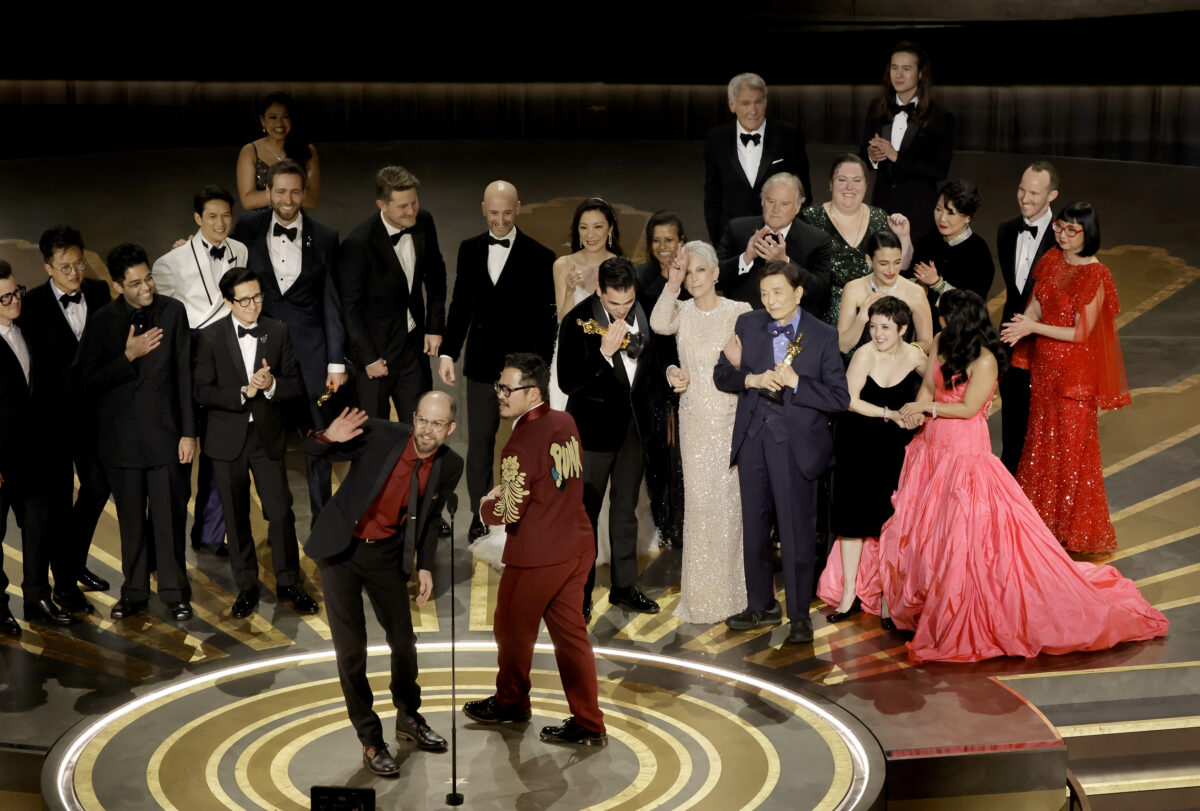
As unfortunate as it is that the reason the Academy’s inclusion standards are back in the news (because of an answer Oscar winner Richard Dreyfuss recently gave in an interview that ultimately led into his defense of blackface), it is worth it to take a closer look at them before they officially go into effect this coming film awards season.
While one can find a more detailed description of them on the Academy website, the organization has listed Standards A through D with the requirement that a film meet at least two in order to qualify for Best Picture (the only category the standards are applied to).
Standard A focuses on on-screen representation, themes, and narratives, meaning the film could be centered on an underrepresented group (women included), or have some level of meaningful diversity among its acting ensemble (even a significant supporting role for an actor of color counts).
Standard B focuses on creative leadership and project team, meaning a film with a diverse crew or several crew members from underrepresented backgrounds in key roles like a department head or Script Supervisor would qualify.
Standard C focuses on industry access and opportunities, so if the production company or distributor has a DEI program like Universal Directors Initiative, that counts.
Standard D focuses on audience development, so a studio and/or film company has multiple in-house senior executives from among the following underrepresented groups.
The technical aspect of the process would be that, as a film prepares to submit for Best Picture consideration, the production company and/or studio would separately need to fill out an application on the Academy’s RAISE platform (RAISE being an acronym standing for Representation and Inclusion Standards Entry). The submission form will have an ID that can be added to the standard Oscar submission form, so the data from the two applications can be merged on the backend.
It is important to again note that only two of the standards need to be met in order to qualify for Best Picture, so if a film has distribution from a major corporation like Warner Bros. Discovery, which has several DEI initiatives and a studio co-run by Pamela Abdy, it likely only needs its distributor to fill out the form in order to qualify via Standards C and D. That said, the cost of the pandemic has partially been paid by the loss of many diversity and inclusion initiatives part of cost-cutting measures, so Standard C has become harder to qualify for.
If a film’s route toward qualifying for Best Picture is through Standards A and B, its production company has resources like Crewvie or Free the Work to organize a project’s demographic information. A hypothetical concern as the standards are implemented is that it is likely more difficult to collect demographic information after the fact, than as the production is hiring, so it’s likely that a service like Crewvie becomes a part of the onboarding process for more and more productions. Those services also offer a tool that organizes all the information a film would need to qualify for the inclusion standards into one document.
If subject matter is how a film qualifies for Standard A, the RAISE form also has an option to for the filmmaker to explain why, which is especially helpful to international filmmakers that may need to shed light on something like a country’s caste system, which may not be common knowledge to Americans.
While there is an expectation from Academy members that the organization help lead the conversation around equity, inclusion, and accessibility in the film industry, Jeanell English, the Academy’s Executive Vice President of Impact and Inclusion, recently said to The Hollywood Reporter, “It’s important to note we’re not an analytics institution. We rely heavily on data from great places, whether it’s USC or UCLA, to help demonstrate the trends.”
Last August, Academy CEO Bill Kramer also said of the industry standards, “We want this to be collaborative. And again, seeing that the best Picture nominees of this past year all qualify gave us great hope that our conversations and partnership with studios and distributors and filmmakers is working, and is not creating a challenge.”
Though change is often met with resistance, the overall takeaway in the two years that filmmakers have shared inclusion data with their Oscar submissions has been that many films qualify for the inclusion standards without even knowing it, so it is unlikely that such standards are the attack on creativity critics, like Dreyfuss, claim they are.















